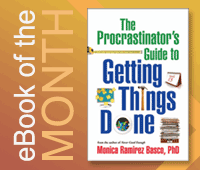I am a creature of habits, one of which is an addiction to the daily newspaper. I have therefore spent already considerable time mourning the inevitable demise of printed newspapers. While I have long been aware that most newspapers, including my paper-of-choice, the New York Times are available online, I have indulged myself by subscribing to home delivery of the printed version. It has always been enormously gratifying to sit on my sunny porch with a cup of coffee and the Sunday Times. I rationalized the expense on the grounds that die-hard readers like myself have to be willing to support the news, or it will disappear. Free is not a sustainable model for investigative journalism.
Recently, two things happened that made me reconsider my devotion to the printed paper. The first has to do with weather in New England. The paper is delivered at about 5:30 am, when it is still dark. There is frequently snow on the driveway, making it really difficult to find a flat white object wrapped in a clear plastic bag. The second occurred as a result of my need to spend some time this winter in Georgia on some family business. I was forced to feed my newspaper addiction online. Because I am a home delivery subscriber, I was able to read the paper using the Times Reader 2.0 for free.
I was hooked by the second day. I am not sure exactly when the paper is available each morning, but I am an early riser, and it was always waiting for me. I quickly learned to like the interface. It is entirely user-friendly, and it subtly changed the way that I read the paper. With the print version, in order to avoid the minor inconvenience of flipping through sections, I would “start” all of the articles on the front page, and then “pick up” the rest of each article as I came to it. Using the Reader, I could easily read the entire article before moving on to the next. My aging eyes loved the fact that it is possible to instantly change the font size. And when I wanted to send a particular article to a friend, it was a one-click process. There are ads in the Reader, but they didn’t both me.
I have been back home a couple of weeks now, but I haven’t gone out early in the morning to try to find our paper in the dark. I have been content to continue reading it online. I am ready to make the economically indisputable and environmentally sound next step and give up home delivery ($14.60/week) in favor of a subscription via the Reader ($3.45/week.) My only obstacle is convincing my somewhat technophobic husband that the future has already arrived.

